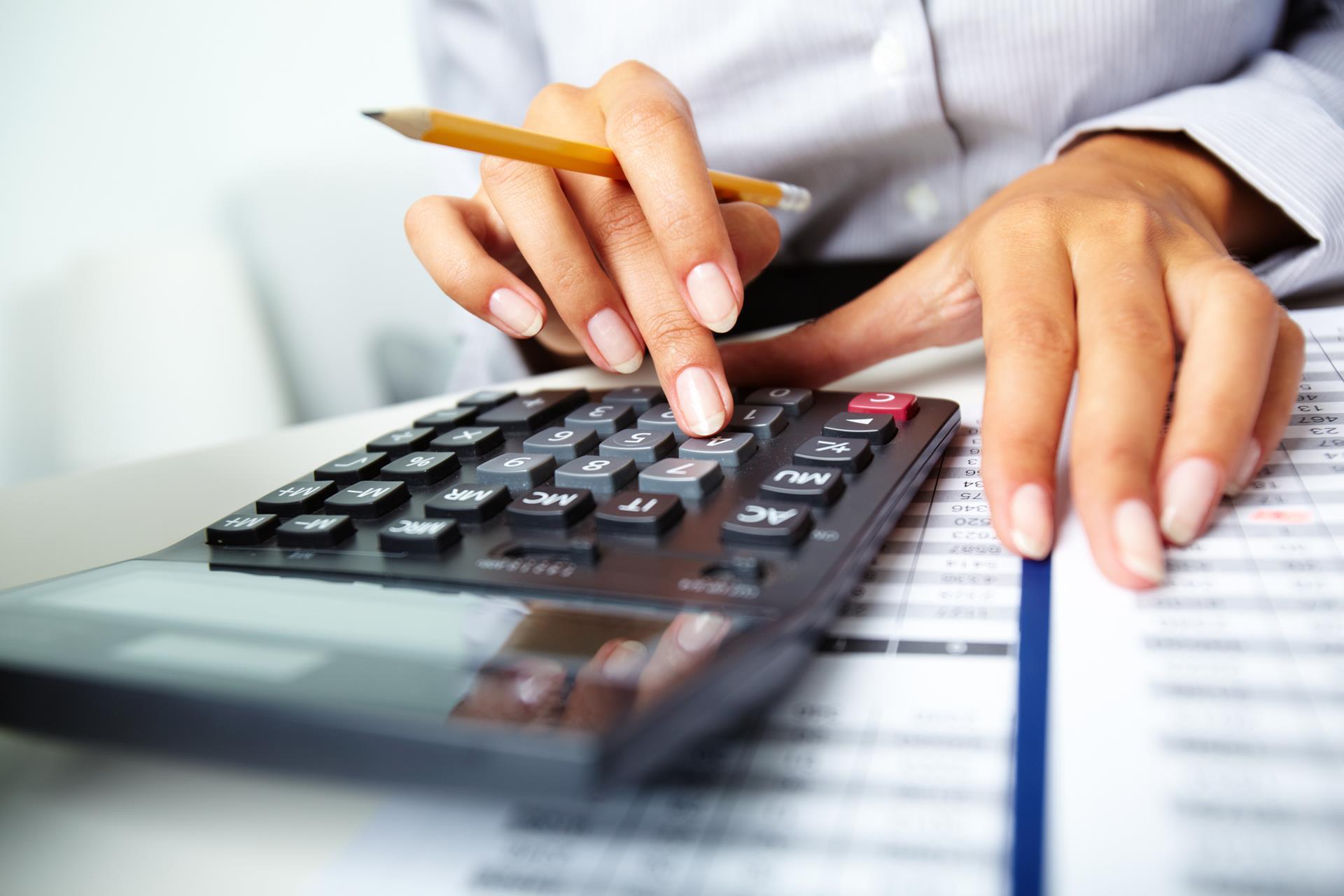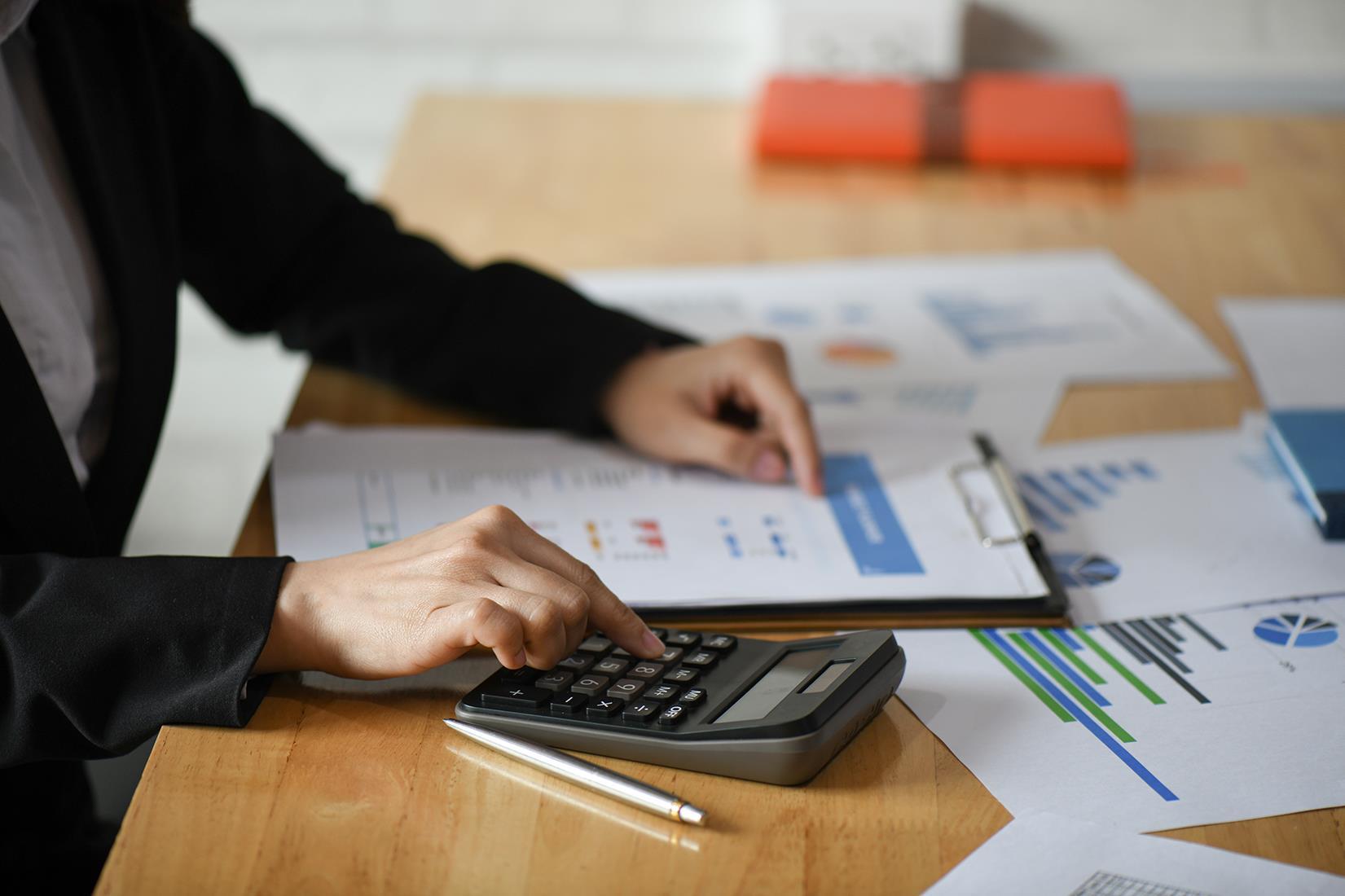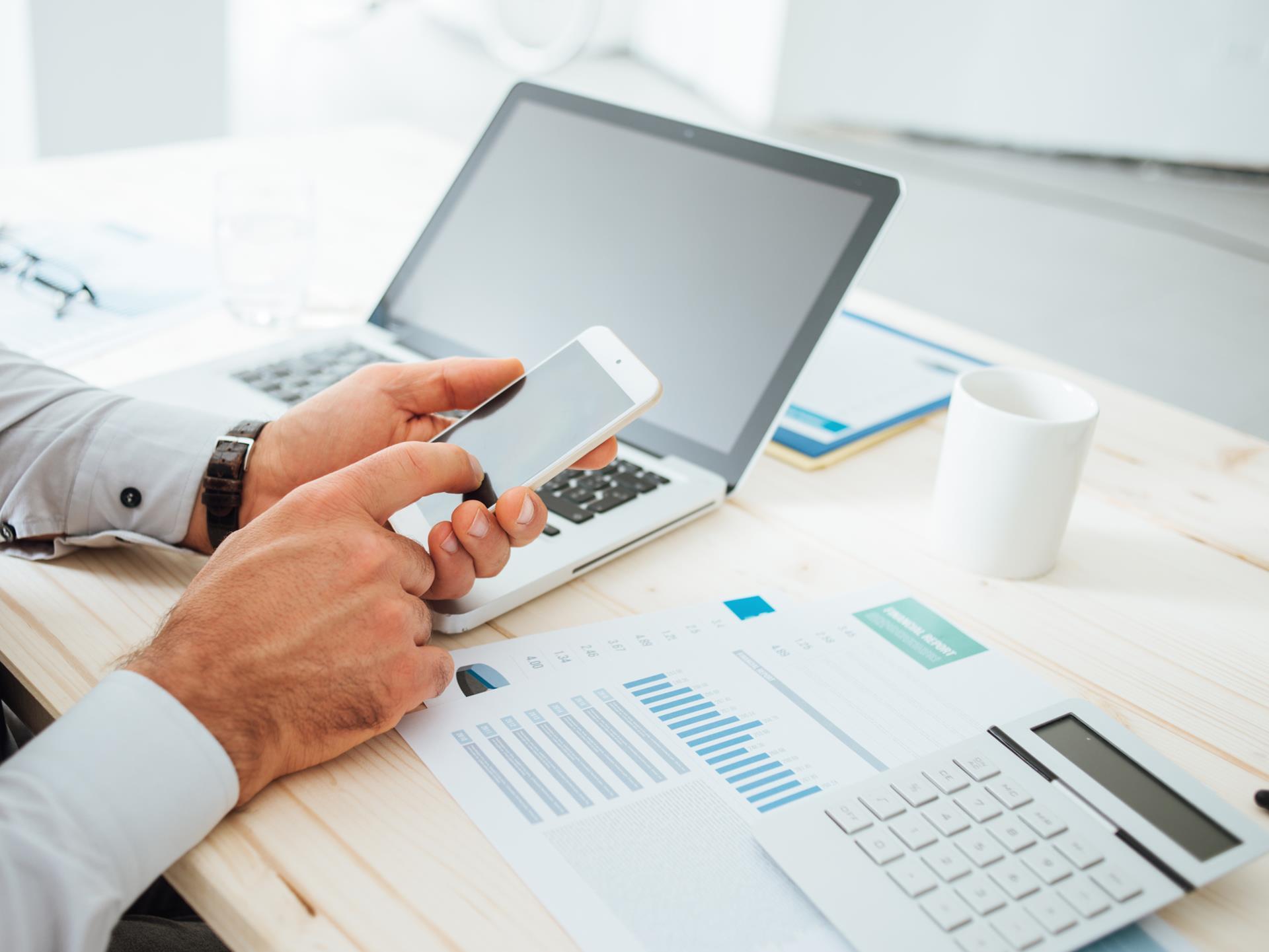Making Tax Digital – New Regulations For Paying VAT Twyford
Making Tax Digital for VAT has fundamentally changed the way a business keeps VAT records and submits VAT returns – over the coming years, the UK government will phase in the initiative, meaning taxpayers will have to move to a fully digital tax system. For businesses, getting on board as soon as possible will give them the best opportunity to experience the smoothest transition – cutting down on much time and worry when deadlines are put in place.
What is ‘Making Tax Digital’?
Making Tax Digital is a key part of the government’s plans to make it easier for everyone to get their tax right, keeping on top of their affairs with ease. HMRC’s ambition lies in becoming one of the most digitally advanced tax administrations in the world – adopting the scheme means making fundamental changes to the way the tax system works. This transformation will help the system to be more effective, efficient and easier for taxpayers to keep up with their payments.
Under the rules, businesses that have turnovers above the VAT threshold (currently standing at £85,000) must keep digital records for VAT purposes and provide VAT return information to HMRC using software that is compatible with the Making Tax Digital scheme.
From 1 April 2022, all VAT registered businesses must sign up regardless of their turnover.
Only a small handful of businesses will be exempt from complying with Making Tax Digital – if you’re unsure, please do not hesitate to contact our tax experts for advice.

VAT returns under Making Tax Digital.
Any business that falls within the scope of the scheme are required to submit their VAT returns using applicable software – information will be extracted from the digital records to populate the VAT return.
It’s important to be aware that the changes that have been introduced to Making Tax Digital will not affect the statutory VAT return deadline or payment dates, so any business that chooses to submit their VAT returns monthly or annually can continue to do so.

Keeping digital records on third-party software.
HMRC do not provide the software for Making Tax Digital, and manual record keeping will not be acceptable. Therefore, businesses must keep their records in ‘functional compatible software’, which calculates the VAT return and submits it to HMRC using an API (Application Programme Interface).
The VAT Notice 700/22: Making Tax Digital for VAT sets out appropriate software requirements in more detail.
It defines functional compatible software as able to:
- Keep records in digital form, as specified by the rules.
- Preserve digital records in digital form for up to six years.
- Create a VAT return from digital records held in compatible software and submit this data to HMRC digitally.
- Provide HMRC with VAT data on a voluntary basis.
- Receive information from HMRC via the API platform.
If you don’t already have the appropriate software, the team here at Betteridge can help. The software we use fully supports the requirements of Making Tax Digital. It delivers significant process improvements and robust risk management – taking away any lingering worries your business may have about paying its VAT. With confidence that your VAT affairs are being looked after, meeting the new regulations, you can concentrate on pushing your business on to where to deserves to be.
Contact our digital accountants to learn more.
Here at Bettridge, we are chartered accountants who have a wealth of experience working with businesses of all types of sizes. Our drive to keep up to date with all the latest changes in accounting and tax law has seen us grow a business that is well-respected and known for finding innovative ways to improve the accounting and tax-paying aspects of our clients.
To learn more about Making Tax Digital and how your
business can ensure it meets the new regulations, please do not hesitate to get
in touch with our digital tax accountants today. You can call them on 0118
979 9744 or send an e-mail to info@bettridgeandco.com and they’ll get in touch as soon as possible
